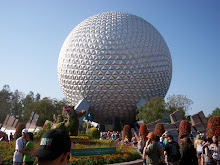
Energy transfer and Bar charts
I would have told myself that the amount of energy dosen't change unless there is work done. There are four different energies that can be transfered; gravitational potential, elastic potential, kenetic, and internal.
In a bar chart the energy is equal on both sides unless there is work being done. This is the same as energy transfer because the energy bar chart shows to change from initial state to final state.
An experiment we could do to help understand this concept is to do the elephant experiment we did in class. By naming all of the different energies and when they occur and then picking a situation with initial and final states and representing it on a bar graph it would be helpful.

